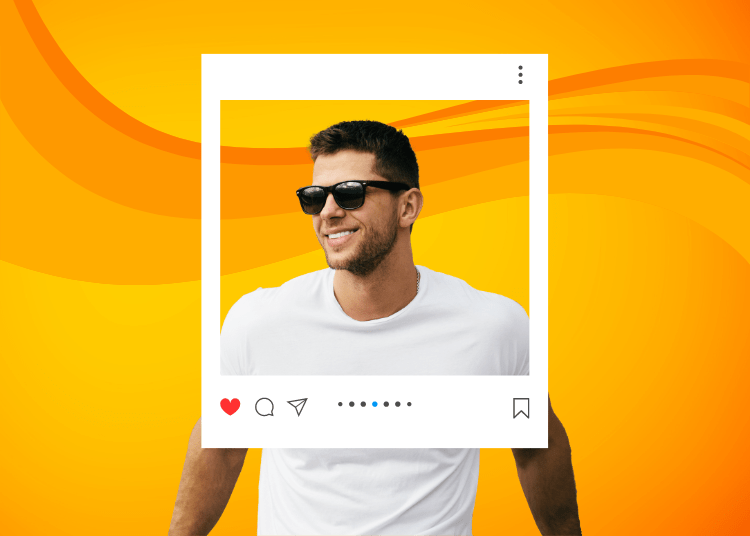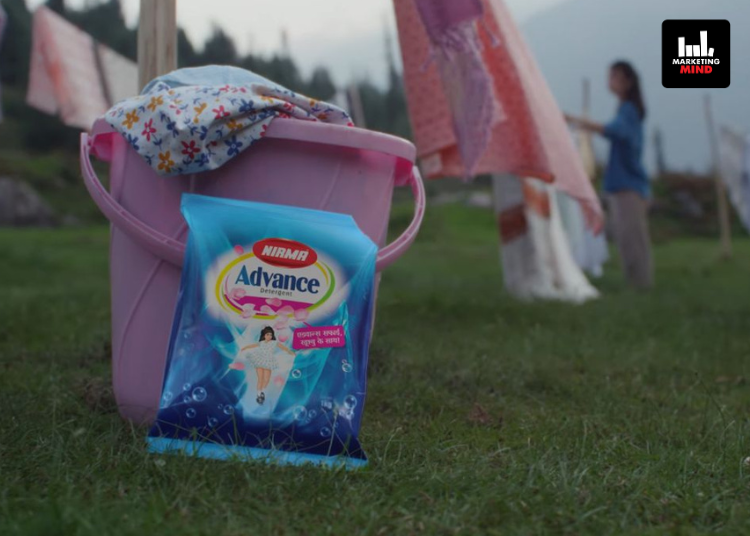The influencer marketing industry in India is projected to see a 25% growth in 2024, reaching a value of Rs 2,344 crore and by 2026, it is expected to hit Rs 3,375 crore, growing at a CAGR of 18%, according to a report by EY and Collective Artists Network’s Big Bang Social.
The report, titled – ‘State of influencer marketing in India – Impact of influencers on brands‘, highlighted that in 2023, the influencer marketing sector stood at Rs 1,875 in India.
It has been emphasised that as 50% of the time spent on mobile phones is on social media platforms, marketers need to consider influencer marketing as part of their overall communication strategy. In addition, it is expected that there will be 740 million active smartphones in India by 2030.
In 2023, 56% of the brands invested more than 2% on influencer marketing. Additionally, 70% of brands plan to keep their influencer marketing budget the same or increase it in 2024, with half planning to increase it by up to 10%.
A notable finding from the survey in the report showed that influencer marketing is expected to be integrated into three out of every four brand strategies. Brands prioritise criteria such as engagement rate and the quality of the target audience when selecting influencers.
It is thus imperative that these selection criteria align with campaign objectives, the report stated.
Moreover, marketers are engaging both large/macro and nano/micro influencers and brand ambassadors and influencers are significantly influencing purchase decisions. Micro and nano influencer initiatives have a lower cost per reach, 47% of brands preferred to use them in their influencer efforts. When comparing different influencer categories, the engagement rate of nano influencers was the highest.
The report mentioned, “It is critical for marketers to strike a strategic balance between mega/macro influencers to drive awareness and brand loyalty, while also tapping into the power of micro/nano influencers to drive engagement.”
Lifestyle, fashion and beauty are poised to propel the growth of influencer marketing, with categories characterised by a profound personal connection reaping the greatest benefits from this strategy.
Instagram and YouTube emerged as top choices for consuming content from influencers, but they also use other platforms for different purposes.
“Upcoming platforms are gaining momentum and offering innovative ways to engage with new cohorts of consumers,” the report stated.
The lifestyle, fashion, and beauty sectors are set to drive the expansion of influencer marketing. Categories with a deep personal connection benefit the most from influencer marketing.
Moreover, the compensation mechanism is evolving, the report mentioned. 71% of brands engage with influencers on a fixed fee model and 29% are exploring performance linked models to drive influencer accountability.
“Depending on campaign objectives, marketers must be clear about using the right metrics to balance performance and accountability,” it mentioned.
There are certain challenges in the influencer marketing space that need to be addressed. According to the report, the biggest challenge for marketers was determining the ROI of their influencer marketing campaigns. On the other hand, building a loyal audience and maintaining credibility were the top two challenges which influencers had to face.
Marketers and influencers need to forge long-term relationships with common goals to improve ROI.
















